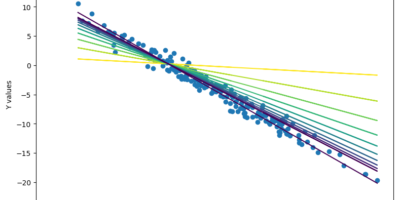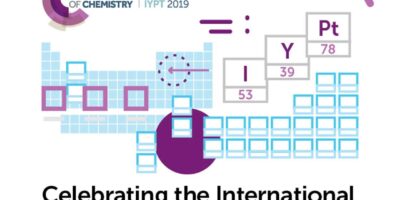A new state of matter has recently been discovered by an international team of scientists based in Tohoku University, Japan. The team, led by Dr. Kosmas Prassides, was studying a novel form of semiconductor composed of the carbon-60 molecules known as fullerenes, or “buckyballs.” The new form of matter has been termed “Jahn-Teller Metals” after the Jahn-Teller Effect, a chemical phenomenon.
The Jahn-Teller effect was proposed by Hermann Arthur Jahn and Edward Teller in 1937, based on group theory. It refers to the geometric distortion of molecules that happens in certain electron configurations, particularly at low temperatures. The Jahn-Teller metals utilize this effect to change their conductive properties. Simply by applying pressure, one can change Jahn-Teller metals from insulators to conductors. The interesting thing is that ordinarily, metals do not demonstrate the Jahn-Teller effect; it is usually only prevalent in insulators.
The C60 molecules were interesting test materials because the distance between adjacent molecules could be manipulated by changing the pressure. This was usually done by introducing rubidium atoms into the fullerene matrix in a process known as doping. At low pressures, the fullerene behaved like an insulator. At high pressures, it behaved like a conducting metal. But the fascinating part occurred at medium pressures; this is where the anomalous properties were displayed. The fullerene was able to conduct electricity while still exhibiting the Jahn-Teller Effect that was seen only in insulators.
This is the first ever indication that there is a possible transition phase between insulating and conducting states. The truly promising thing is that the fullerene exhibited superconductivity at 35K, which is very high for superconductors; most superconductors must be kept at a temperature just above absolute zero. This is the first step to being able to make superconductors function at a realistic temperature for common use.
The mechanism that causes the interesting properties in the rubidium-doped fullerene has not been explained yet, and more research has to be done into these Jahn-Teller Metals. It will be a considerable amount of time before Jahn-Teller Metals will see practical application, but the potential that these materials hold is exciting.




Leave a Reply